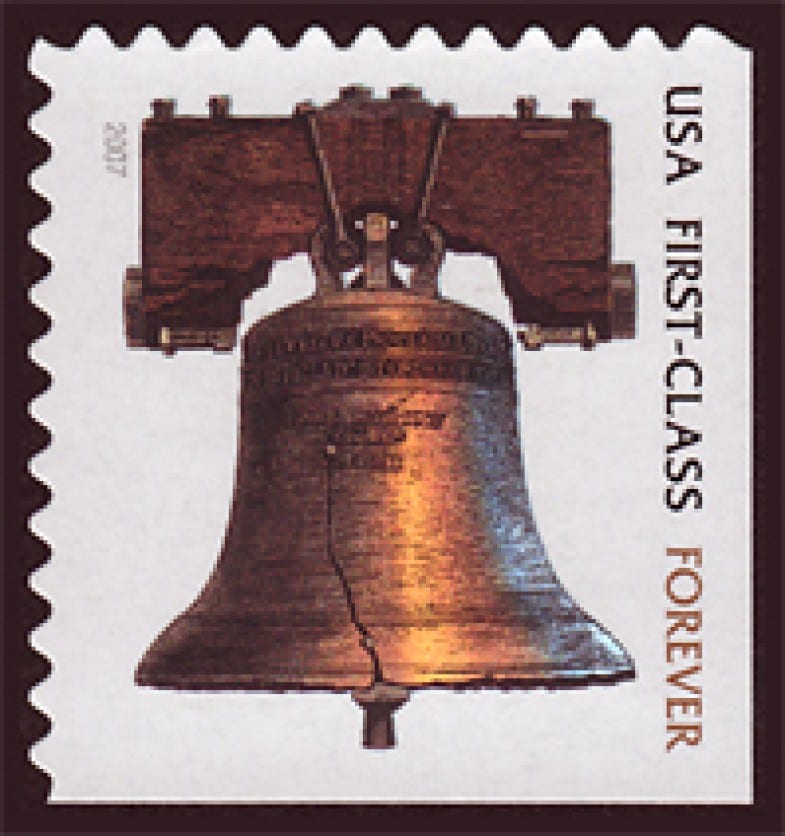
USPS Can Continue to Deliver…without Charging a Fortune for Stamps
Ross Marchand
June 9, 2021
Just three things in life are certain: death, taxes, and rising stamp prices. Recently, the United States Postal Service (USPS) filed a request with the Postal Regulatory Commission to hike the cost of first-class postage (e.g. your dear auntie’s letter) from 55 cents to 58 cents per piece. The increase, which would likely go into effect in late August, is part of a broader effort to increase rates on letters, magazines, and marketing mail by roughly 7 percent in order to shore up agency finances. While the USPS is right to worry about more than $80 billion in losses over the past fifteen years, the agency needs to take a holistic approach toward their business model to ensure that some classes of mail aren’t subsidizing other categories. The USPS can get back on its feet, but only with a balanced approach.
America’s mail carrier is facing grim finances, and things will only deteriorate absent comprehensive reform. In 2020, the USPS incurred a staggering net loss of $9.2 billion. This abysmal performance was not primarily due to the pandemic, even though the crisis sidelined a significant portion of the postal workforce. While revenue for first-class mail slumped 4.2 percent during the pandemic, package revenue soared 18.8 percent. In fact, operating revenue overall shot up by $2 billion in 2020 compared to 2019. But an influx of revenue from packages means little if those revenues fail to cover the increased costs of package delivery. Operating expenses shot up by $2.3 billion in large part due to the increased expenses associated with delivering heavy parcels.
The USPS can sustainably shoulder these increased expenses as long as package prices reflect reality. According to Washington Post reporter Jacob Bogage, “[t]he agency has signaled it will raise prices on other products…including package shipping…in the coming months.” The problem is that the agency isn’t exactly transparent in how it prices its packages. Many of the cost assumptions that are baked into rates for these “competitive products” are hidden from public view and the limited data that is available is not promising. For example, the USPS appears to count “competitive products property and equipment assets” as a fraction of a percent of total net equipment and property assets, even though some of the agency’s largest investments are designed specifically to accommodate boxy, weighty packages. The USPS will be doling out more than $6 billion over the next ten years to purchase new trucks with sufficient storage space for these large boxes. And, of course, Sunday overtime package delivery does not come cheap for the agency.
It is therefore imperative that the USPS carefully calculates its delivery prices over the coming months to take into account package-centric costs and volume. One helpful approach would be to share its pricing process with outside financial analysts and ensure that assumptions reflect reality. USPS leadership must also work closely with Congress to get the agency back into the black. Lawmakers are currently considering a “reform” bill that would only succeed in delaying the agency’s day of reckoning. The proposal would excuse the agency from much of their compensation liabilities, even though the much discussed “prefunding” mandate for healthcare retirement benefits allows the gradual writing off of costs over a 40 year period. Instead of focusing on the prefunding issue, Congress should press the agency to adopt an array of cost-cutting reforms. For example, the USPS could save at least $1 billion a year by more closely scrutinizing middle-mile highway delivery contracts. The agency could save hundreds of millions of dollars annually by more efficiently scheduling employees and moving to a unified logistics platform. The USPS’ recently released 10-year plan contains plenty of useful ideas, but it will remain just a blueprint unless Congress closely monitors implementation and progress.
The USPS has its work cut out for it. But the agency can continue to deliver for millions of Americans without charging a fortune for stamps.
Ross Marchand is a senior fellow at the Taxpayers Protection Alliance.
